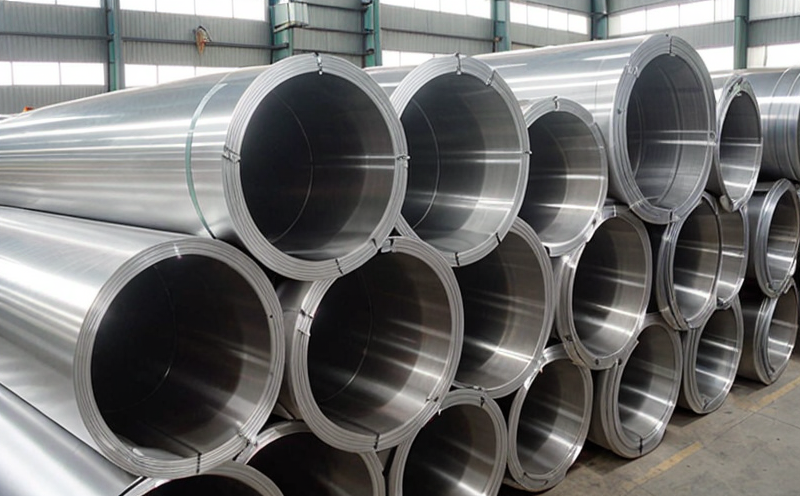ISO 6270 Condensation Resistance Testing of Coatings
The ISO 6270 standard is specifically designed to evaluate the condensation resistance properties of coatings used in marine and ship equipment. This test is crucial for ensuring that materials withstand the harsh environmental conditions characteristic of maritime applications, particularly in high-humidity environments where moisture can significantly affect performance.
Condensation resistance is a critical property when selecting coatings for marine and ship equipment because it directly influences the durability and longevity of the equipment. A coating with poor condensation resistance may lead to the formation of water droplets on its surface under humid conditions, which can accelerate corrosion processes. By adhering to ISO 6270, laboratories ensure that the materials meet stringent standards for performance in real-world applications.
The test involves exposing coated specimens to controlled humidity and temperature conditions over a specified time period. The condensation resistance is then measured by observing how quickly water droplets form on the surface of the specimen compared to a reference material with known properties. This allows for precise quantification and comparison, providing insights into the performance characteristics of different coatings.
Understanding the significance of this test in the context of marine & ship equipment testing helps stakeholders appreciate its importance. It is not just about meeting regulatory requirements but also ensuring that the chosen materials perform optimally under challenging environmental conditions. This knowledge empowers quality managers, compliance officers, R&D engineers, and procurement teams to make informed decisions regarding material selection.
The ISO 6270 standard provides a robust framework for evaluating condensation resistance, making it an indispensable tool in the industry. By adhering to this standard, laboratories can ensure consistent and reliable test results that are recognized globally. This consistency is vital given the international nature of marine & ship equipment manufacturing and trade.
Scope and Methodology
| Aspect | Description |
|---|---|
| SPECIMEN PREPARATION | The specimens should be prepared according to ISO 6270, ensuring they are representative of the coatings used in marine and ship equipment. This includes cleaning the specimens thoroughly before testing. |
| TESTING ENVIRONMENT | The test is conducted under controlled conditions with humidity levels ranging from 95% RH ±1% to 98% RH ±1%, at a temperature of 23°C ±2°C, for 7 days. The specimens are then dried and reconditioned. |
| MEASUREMENT | The condensation resistance is measured by observing the rate and extent of water droplet formation on the specimen surface compared to a reference material. |
| Aspect | Description |
|---|---|
| SPECIMEN PREPARATION | The specimens should be prepared according to ISO 6270, ensuring they are representative of the coatings used in marine and ship equipment. This includes cleaning the specimens thoroughly before testing. |
| TESTING ENVIRONMENT | The test is conducted under controlled conditions with humidity levels ranging from 95% RH ±1% to 98% RH ±1%, at a temperature of 23°C ±2°C, for 7 days. The specimens are then dried and reconditioned. |
| MEASUREMENT | The condensation resistance is measured by observing the rate and extent of water droplet formation on the specimen surface compared to a reference material. |
Why Choose This Test
- Ensures compliance with international standards, enhancing your reputation in the global market.
- Promotes durability and longevity of marine & ship equipment by selecting materials that can withstand harsh conditions.
- Provides reliable data for R&D teams to improve coating formulations and material selection.
- Aids procurement teams in making informed decisions about supplier quality and material performance.
- The ISO 6270 test is recognized globally, ensuring consistent results across different regions and laboratories.
- It helps identify materials that are less prone to condensation, reducing maintenance costs and downtime for marine equipment.
Competitive Advantage and Market Impact
- Gain a competitive edge by ensuring your products meet the highest international standards.
- Demonstrate your commitment to quality and reliability, which can enhance customer trust and satisfaction.
- Attract and retain top-tier clients who value high-performance materials for their equipment.
- The test results can be used as marketing differentiators, highlighting the durability of your products in challenging environments.
- It fosters innovation by providing insights into material performance, encouraging continuous improvement and development.





